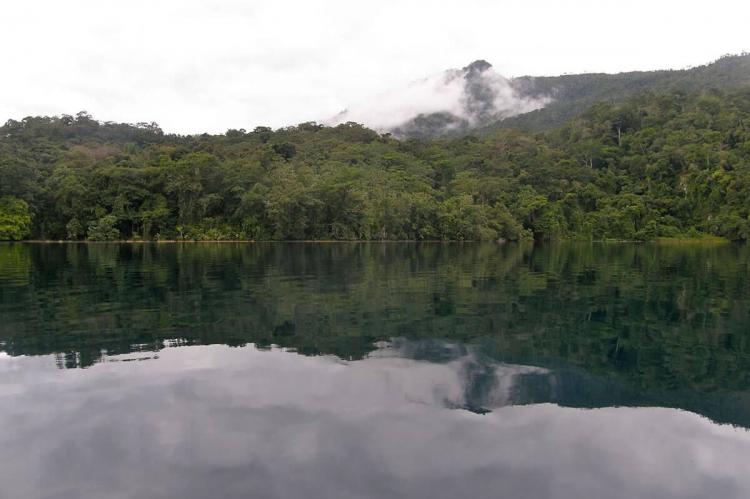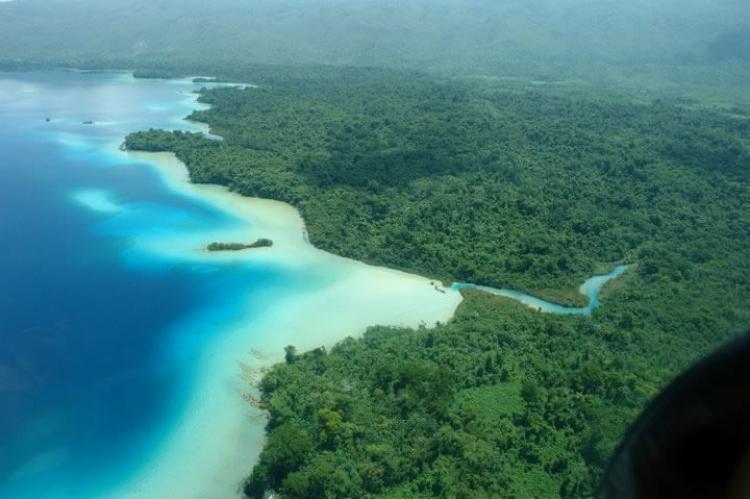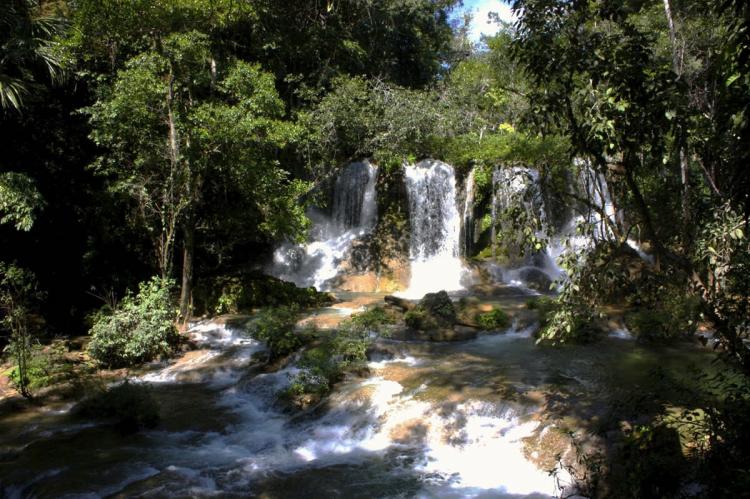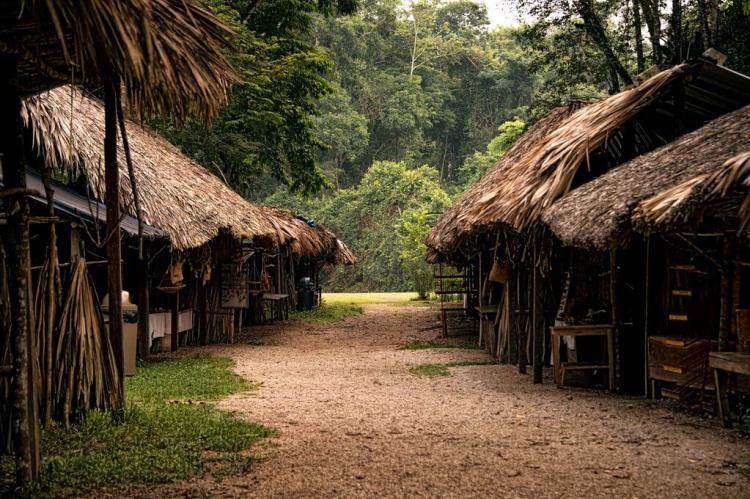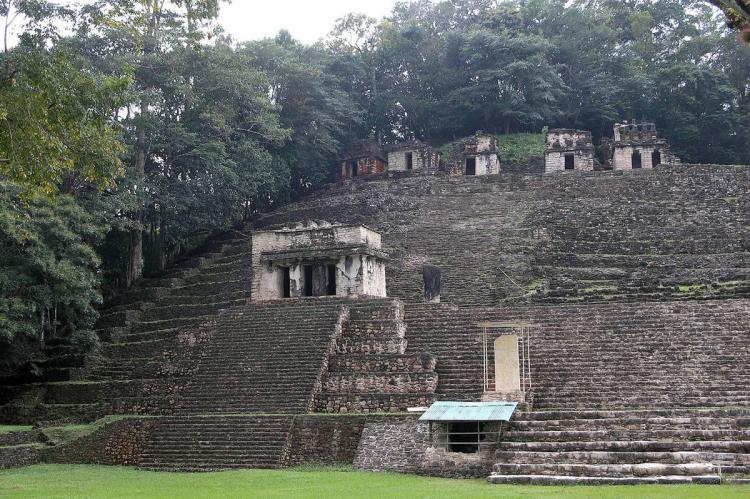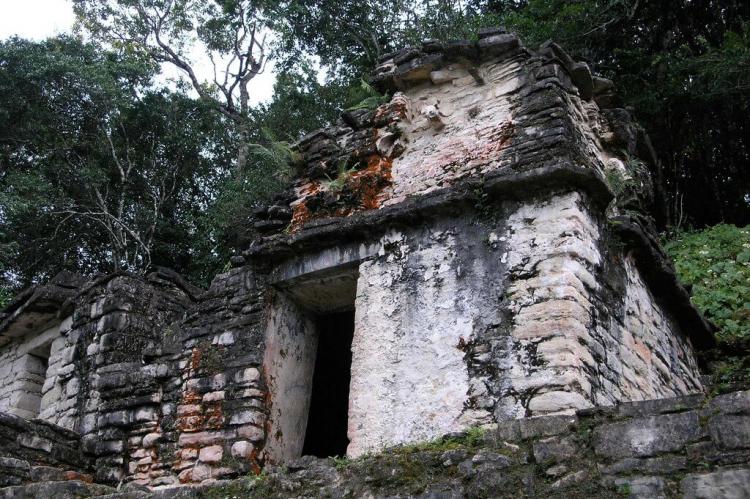The Lacandón Forest and Montes Azules Biosphere Reserve: Guardians of the Green
The Lacandón Forest, also called Selva Lacandona, is a vast rainforest in southern Mexico. It has diverse flora and fauna, cultural heritage, and unique Mesoamerican species. It spans from Chiapas to Guatemala and includes the Montes Azules Biosphere Reserve.
The Lacandón Forest and Montes Azules Biosphere Reserve
Guardians of the Green
The Lacandón Forest, also known as the "Lacandón Jungle" or Selva Lacandona, is situated in southern Mexico and is famous for its diverse flora and fauna as well as cultural heritage. It is home to a species that is only found in Mesoamerica. This vast stretch of montane rainforest spans from Chiapas to the Guatemalan border and is a testament to the resilience of nature and the enduring legacy of indigenous peoples. At the center of the forest is the Montes Azules Biosphere Reserve, a sanctuary of unparalleled ecological richness.
Ecological Diversity of the Lacandón Forest
The Lacandón Forest is a vast and diverse area with many habitats and species. It covers around 1.8 million hectares (4.4 million acres) and is one of North America's largest remaining tropical rainforests. Its landscape varies from lowland tropical forests to cloud forests that grow on steep mountain slopes. Over 1,500 tree species are in the forest, forming a dense canopy home to many different kinds of plants and animals.
The forest is a sanctuary for a wide range of wildlife. Some of the most well-known animals that live there include the jaguar, a symbol of the wild and untamed nature of the forest. Baird's tapir, the largest land mammal in Central America, and the resplendent quetzal, a bird special in Mesoamerican mythology, are also found in the Lacandón Forest. In addition, over a third of the bird species in Mexico can be found in the forest.
Cultural Legacy of the Lacandón People
The Lacandón Forest is home to the indigenous Lacandón people, who have lived there for centuries. They are the descendants of the Maya civilization and have a deep spiritual connection with nature. Despite facing external pressures such as Spanish colonization and modernization, they have managed to preserve their cultural identity and traditional way of life.
The Lacandón people are divided into two main groups: the Northern Lacandón, who live in villages like Najá and Mensabäk, and the Southern Lacandón, who are centered around the town of Lacanhá Chan Sayab near the Bonampak archaeological site. Communal living arrangements, subsistence agriculture, and a profound reverence for nature characterize their communities. The Lacandón language, spoken by approximately 650 people, is a linguistic link to their ancestral heritage.
Archaeological Riches and Conservation Efforts
Embedded within the dense foliage of the Lacandón Forest lie the remnants of an ancient civilization—the Maya. Palenque, Yaxchilan, and Bonampak are among the most prominent archaeological sites, offering glimpses into the splendor of Mesoamerican culture. Palenque, with its intricately carved temples and stelae, stands as a testament to the architectural prowess and cultural sophistication of the Maya.
Despite the allure of these archaeological treasures, the Lacandón Forest faces mounting threats from deforestation, illegal logging, and agricultural encroachment. Conservation efforts have gained momentum in response, driven by collaboration between governmental agencies, indigenous communities, and environmental organizations. Initiatives such as the Nahá-Metzabok Biosphere Reserve and the Chan-Kin Flora and Fauna Protection Area aim to safeguard critical habitats and mitigate human-induced pressures on the ecosystem.
Montes Azules Biosphere Reserve: Guardian of Biodiversity
Located at the heart of the Lacandón Forest, the Montes Azules Biosphere Reserve is a precious gem in Mexico's conservation efforts. It comprises 331,200 hectares (818,400 acres) of untouched wilderness. It is part of three contiguous UNESCO-recognized biosphere reserves, including the Calakmul Biosphere Reserve in Yucatán and the Maya Biosphere Reserve in northern Guatemala. The reserve serves as a sanctuary for abundant flora and fauna species. Its strategic location between the Lacantún and Locania rivers facilitates genetic exchange and maintains ecological connectivity within the region.
The Montes Azules Biosphere Reserve is a collaborative effort between governmental authorities and indigenous communities, recognizing the crucial role of local stakeholders in conservation initiatives. Despite threats from illegal logging and agricultural expansion, the reserve remains a beacon of hope for biodiversity conservation in the region.
Challenges and Conservation Strategies
Significant challenges persist despite the concerted efforts to protect the Lacandón Forest and the Montes Azules Biosphere Reserve. Climate change, habitat fragmentation, and unsustainable land use practices continue to threaten the integrity of this fragile ecosystem. Addressing these challenges requires holistic approaches that balance conservation with the socioeconomic needs of local communities.
Sustainable land management practices, eco-tourism initiatives, and community-based conservation projects offer promising avenues for mitigating these threats. By empowering indigenous communities as stewards of their ancestral lands and fostering partnerships between diverse stakeholders, the long-term sustainability of the Lacandón Forest and its inhabitants can be ensured.
Conclusion
In the heart of southern Mexico, the Lacandón Forest is a testament to the intricate interplay between culture and nature. From the towering trees to the ancient ruins concealed within its depths, this biodiverse paradise encapsulates the essence of Mexico's rich heritage.
As stewards of the green, it is imperative to heed the call to protect and preserve this ecological marvel for generations to come, honoring the legacy of the indigenous peoples who call it home. In the embrace of the Lacandón Forest and the Montes Azules Biosphere Reserve, there lies a sanctuary for biodiversity and a beacon of hope for a sustainable future.
